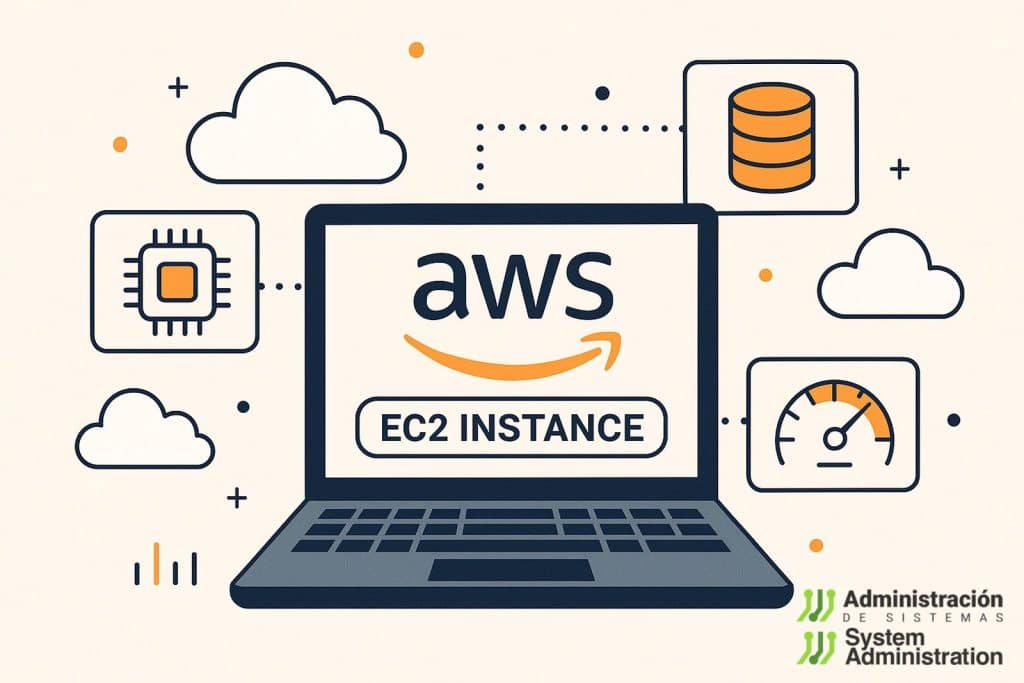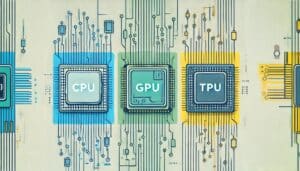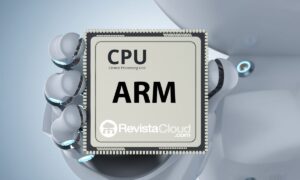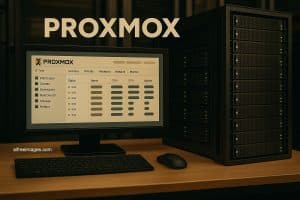Amazon EC2 (Elastic Compute Cloud) is one of the most powerful and flexible services within AWS. It allows you to run virtual servers (instances) with customized configurations of CPU, memory, storage, and network resources, making it suitable for nearly any type of application. However, with such a wide range of instance types available, choosing the right one can be complex.
This article provides a comprehensive overview of the main EC2 instance families and explains when each type is most appropriate to help you optimize performance and reduce operational costs in the cloud.
General Purpose Instances: Balanced Resources
T Series (T4g, T3, T3a, T2)
These are burstable performance instances, ideal for workloads that don’t require constant CPU usage. They use a CPU credit system that accumulates during idle periods and spends credits when CPU demand increases.
Use cases: Small web servers, development and test environments, low-traffic microservices.
Advantages: Low cost, efficient for intermittent workloads.
Limitations: Not suited for sustained high CPU workloads.
M Series (M7g, M6i, M5, M4)
Offer a balanced ratio of CPU, memory, and networking resources. Ideal for general-purpose workloads that don’t have a specific bottleneck.
Use cases: Enterprise applications, backend servers, small databases, containerized applications.
Advantages: Versatile and consistent performance across many scenarios.
Limitations: Not optimized for compute- or memory-intensive tasks.
Compute Optimized Instances
C Series (C7g, C6i, C5, C4)
These instances are optimized for compute-intensive workloads and offer more vCPUs relative to memory.
Use cases: High-performance web servers, scientific modeling, video encoding, gaming servers, data processing.
Advantages: High compute performance at a lower cost per core.
Limitations: Limited memory for workloads that require large datasets in RAM.
Memory Optimized Instances
R Series (R7g, R6i, R5, R4)
Provide more memory per vCPU, making them ideal for applications that require in-memory processing.
Use cases: In-memory databases (Redis, Memcached), real-time analytics, big data, caching layers.
Advantages: High RAM capacity with good compute power for data-heavy tasks.
X Series (X2idn, X2iedn, X1, X1e)
Offer extremely high memory capacity, often in the terabyte range, suitable for memory-bound enterprise applications.
Use cases: SAP HANA, large-scale databases, real-time in-memory analytics.
Advantages: Designed for workloads with extreme memory requirements.
Limitations: Higher cost and best used for very specific enterprise use cases.
z1d Series
Combines high CPU frequency with high memory, ideal for applications that require fast single-thread performance and large RAM.
Use cases: Commercial databases, OLTP systems, software licensed per core.
Advantages: High clock speed CPUs with ample memory.
Storage Optimized Instances
I Series (I4i, I3)
Optimized for low-latency, high IOPS local storage using NVMe SSDs.
Use cases: NoSQL databases (MongoDB, Cassandra), OLTP workloads, transactional data stores.
Advantages: Extremely fast local storage with high throughput.
D Series (D3, D2)
Designed for workloads requiring high sequential read/write throughput with large HDDs.
Use cases: Distributed file systems, log processing, massive-scale data storage.
Advantages: High storage capacity at lower cost, ideal for cold storage.
H Series (H1)
Provide high disk throughput and are suitable for data-intensive workloads with large storage requirements.
Use cases: Big data clusters, data lakes, backup repositories.
Advantages: Balanced storage performance and capacity.
Accelerated Computing: GPU and Machine Learning Instances
P Series (P4, P3)
Equipped with NVIDIA GPUs, these are designed for training deep learning models and other highly parallel workloads.
Use cases: AI training, scientific computing, simulations.
Advantages: High-performance GPU acceleration for complex model training.
G Series (G5, G4)
Optimized for graphics-intensive applications and AI inference.
Use cases: Video rendering, virtual workstations, ML inference.
Advantages: Flexible GPU capabilities for graphics and inference tasks.
Inf Series (Inf2)
Use AWS Inferentia chips, purpose-built by AWS for cost-efficient machine learning inference.
Use cases: Real-time inference at scale, latency-sensitive AI applications.
Advantages: Lower inference cost compared to traditional GPUs.
Trn Series (Trn1)
Leverage AWS Trainium chips for training large AI models efficiently.
Use cases: Large language models, deep learning at scale.
Advantages: High-throughput training with optimized cost structure.
High Performance Computing (HPC) Instances
Designed for workloads that require tightly-coupled compute clusters with ultra-low latency networking.
Use cases: CFD, seismic analysis, financial simulations, genomics.
Advantages: Support Elastic Fabric Adapter (EFA) for fast communication between nodes, scalable and ideal for parallel workloads.
Instance Type Summary by Use Case
| Primary Requirement | Recommended Instance Types |
|---|---|
| General-purpose balanced workloads | M, T |
| High compute performance | C |
| Memory-intensive applications | R, X, z1d |
| Low-latency local storage | I |
| High-capacity data storage | D, H |
| AI training | P, Trn |
| AI inference | G, Inf |
| Graphics-intensive workloads | G |
| Scientific computing (HPC) | HPC |
Conclusion
Understanding the different EC2 instance types is essential to align your cloud infrastructure with your actual workload requirements. Choosing the wrong instance can lead to overspending or performance bottlenecks.
AWS offers hundreds of instance combinations, so conducting benchmarks, analyzing usage patterns, and leveraging tools like AWS Compute Optimizer or Savings Plans can significantly help in cost and performance optimization.
The key is to match your application’s needs—whether compute, memory, storage, or GPU acceleration—to the instance family that best fits, ensuring efficiency, scalability, and long-term sustainability in your cloud architecture.











